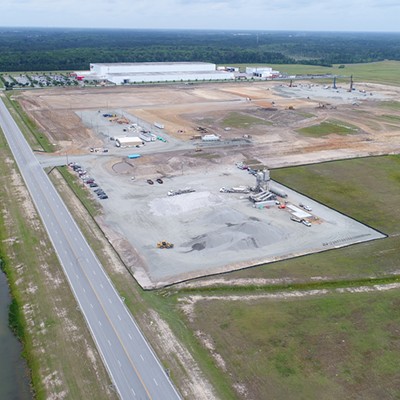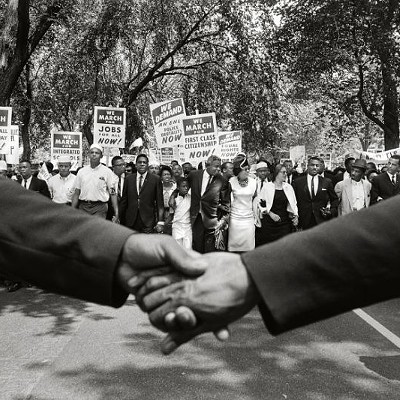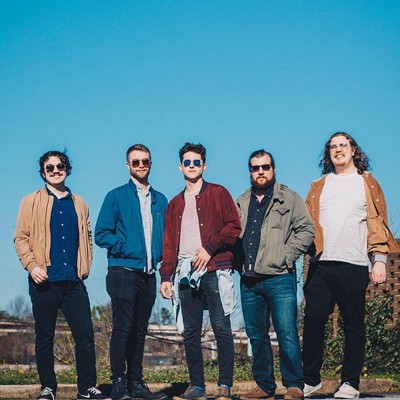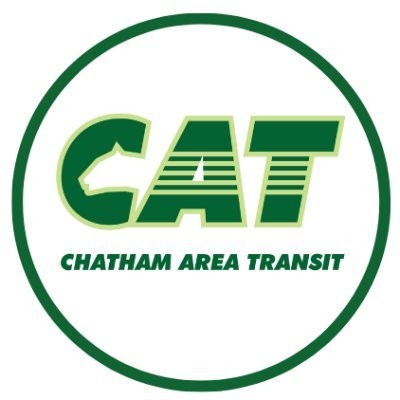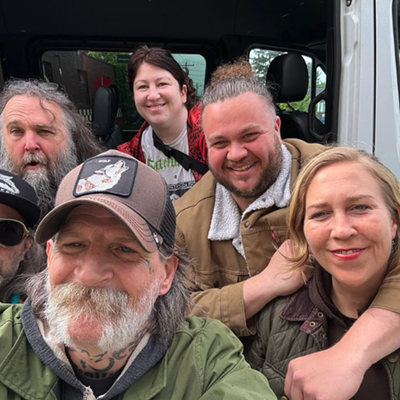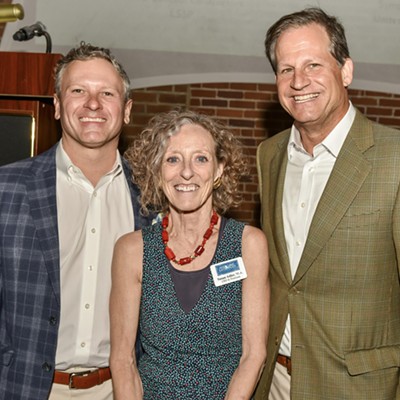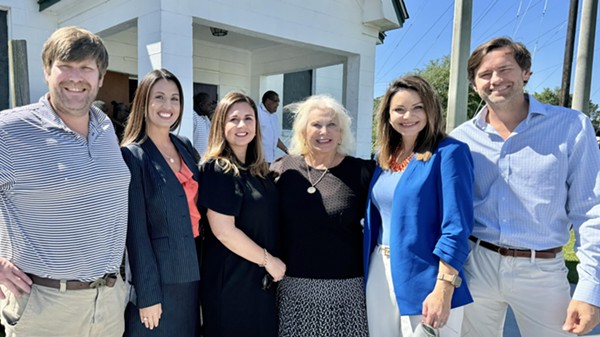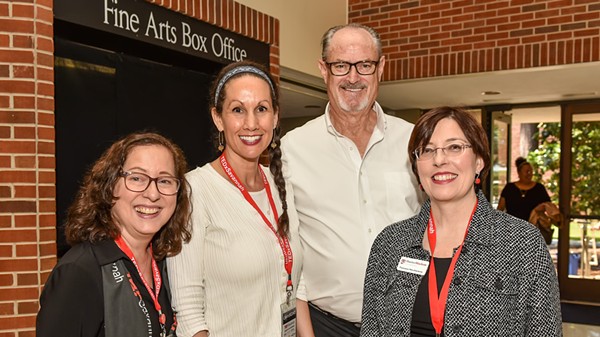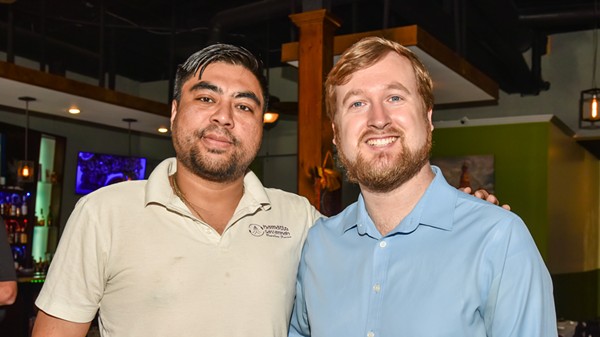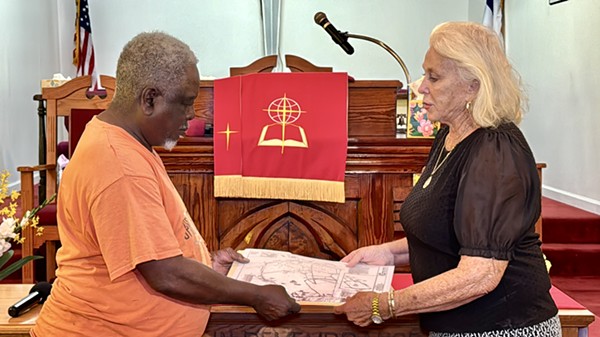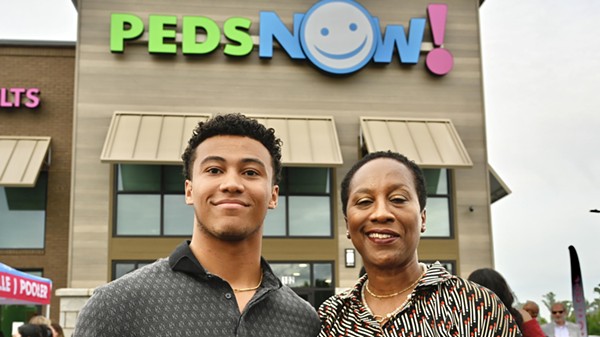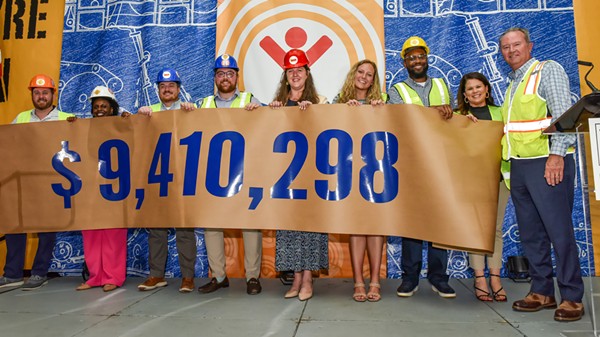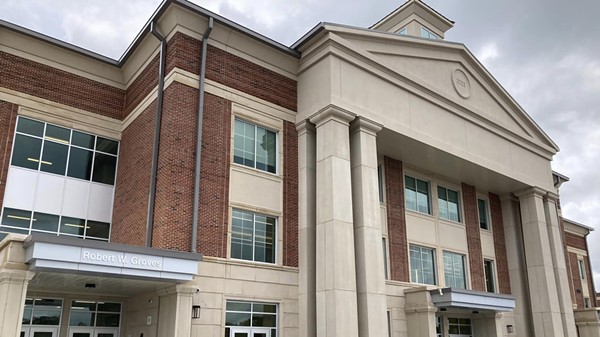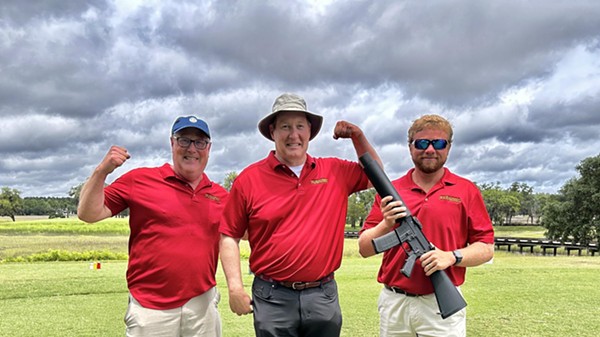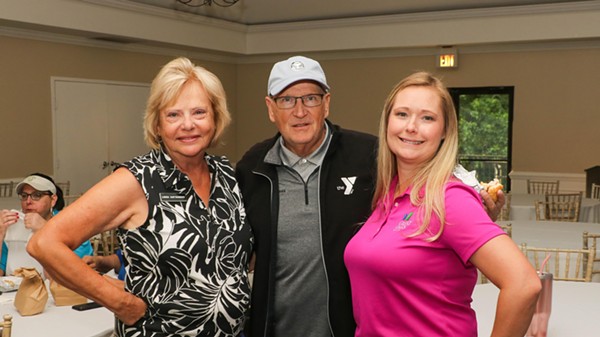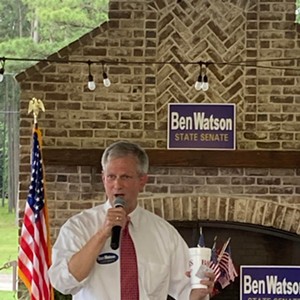THE NEWS that Atlanta is purported to be a serious contender for Amazon’s second headquarters sparked an interesting discussion on Facebook last weekend.
Lou Phelps, publisher of the Savannah Business Journal, wondered what would happen to the rest of the state if Amazon 2 lands in the ATL.
“Talk about dominating the Georgia landscape,” she wrote.
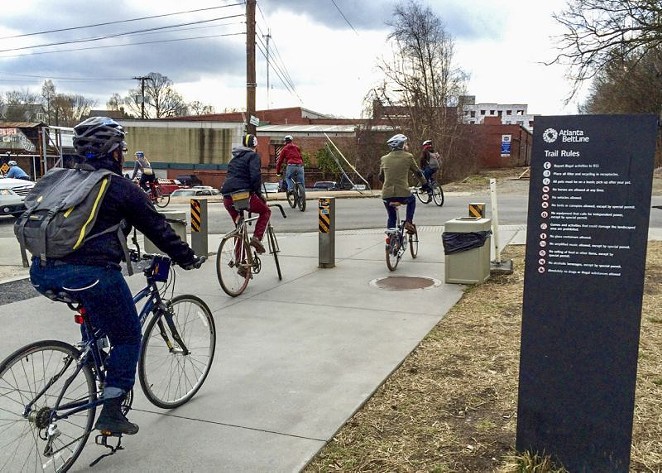
The concept of “two Georgias” has been used for decades to frame disparities between the economic and cultural dynamism of Atlanta and the rest of the state. The late Tal DuVall was the director of Georgia’s Cooperative Extension Agency when he coined the phrase in a 1986 report.
If Atlanta snares the Amazon facility, would benefits accrue to Savannah and the rest of the state? Or would it broaden the divide between the two Georgias?
Either way, Phelps suggested Savannah and other municipalities outside of Metro Atlanta will need to step up their games. “All other cities will really have to offer a quality of life, to compete to retain workers.”
What’s the first thing she suggests? Biking and walking trails, which not-so-coincidentally, have been proliferating rapidly in Atlanta.
Also in the Facebook discussion, Savannah’s crime rate and public schools were noted as areas that must be addressed if our city aims to attract businesses and workers. This is undoubtedly true. Yet there are varied opinions on how to reduce crime and improve public education in Savannah.
As I have written before, there is no such mystery surrounding how to capture the numerous benefits that flow from walking and biking trails. All you have to do is build them. Imagine if similarly simple solutions existed for all the problems we face as a community.
Examples from Atlanta and elsewhere in the state have demonstrated again and again that bike lanes, sidewalks, trails and other projects that provide opportunities for recreation and options for transportation deliver significant return on investment in the form of improvements in public safety, public health and economic development.
There’s ample evidence suggesting when cities become more bikeable and walkable, they’re able to attract and keep businesses and employees. The headline in a New York Times story on Amazon’s city selection criteria seems to suggest this as well.
James B. Stewart’s Oct. 26 article, “Following the (Bike) Trail to Amazon’s Second Headquarters,” notes, “The company has said that 20 percent of its employees in Seattle don’t use motorized transport to get to work. Fifty-five percent walk, ride bikes or use public transportation.”
For many years the National Association of Realtors Community Preference Survey has detected a steadily increasing desire for walkable and bikeable places, which is pretty clear in NAR statements: “When choosing a new home, respondents indicated that they would like choices when it comes to their community’s transportation options. Eighty-five percent of survey participants said that sidewalks are a positive factor when purchasing a home, and 79 percent place importance on being within easy walking distance of places. Women in particular value walkability in their communities, with 61 percent indicating that having sidewalks with stores and restaurants to walk to is very important.”
In the winter 2017 edition of “On Common Ground,” a semi-annual NAR publication that examines a variety of topics, preference for walkable communities could not have been described more emphatically:
“Demand for walkable neighborhoods is increasing and the demand is changing real estate. Walkable neighborhoods are driving economic growth as employers and businesses recognize the value of locating in these places to attract employees and customers.” Walkability is further described as a “major factor” in communities staying economically competitive and “on the front burner wherever economic competitiveness matters.”
Using this metric, one might conclude that economic competitiveness does not matter to Savannah. The construction of safe bicycle infrastructure ceased after Mayor Otis Johnson left office. Some 76 percent of streets in Savannah lack sidewalks and in many neighborhoods, they are used for car parking. While cities around our state are planning and constructing trail networks, we’ve been left behind.
The good news is sidewalks and neighborhood connectivity are clearly a priority in the city’s new strategic plan. However, some might suggest that implementation will be impossible as long as “the City’s finances are on fire” as the editor of this publication wrote in his Nov. 15 column.
Well, there is some good news here, too, as construction of bicycle and pedestrian infrastructure is much less expensive than other transportation projects. Elly Blue, writing for The Guardian, used Portland as an example.
“It’s been famously said (and fact-checked) that Portland’s entire bicycle system, the one that makes us the most bike-friendly city in this country, the one that makes us one of the healthiest cities in the country and that has cushioned a few of the blows of the recent recession, has cost about $60 million over the years. That’s the same cost as – wait for it – one single mile of urban freeway.”


